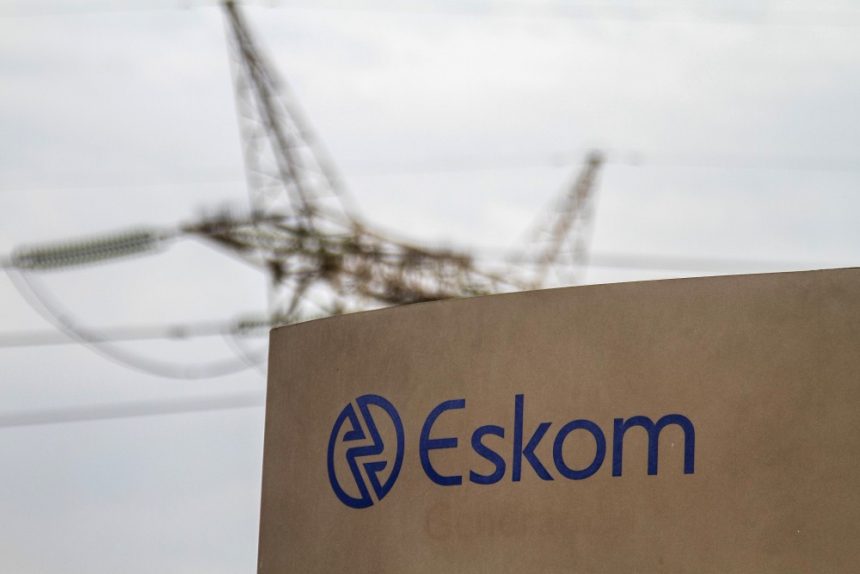Namibia’s Power Reliance Deepens As Imports Surge
Namibia generated only 37% of its electricity in August, relying on costly imports from Eskom. Currency weakness (NADUSD=X) and high oil (CL=F) prices compound inflation pressure as renewable projects struggle to offset rising regional demand.

Namibia’s electricity sector is facing renewed scrutiny after data from the national utility revealed that only 37% of total power demand in August was met by domestic generation, the lowest monthly share this year. The remainder was imported from South Africa’s Eskom and the Southern African Power Pool, exposing continued dependence on external suppliers despite rising investment in renewables.
Hydropower output from the Ruacana station fell sharply due to below-average rainfall, trimming local generation to roughly 108 GWh for the month. Imports consequently surged to 187 GWh, raising the average cost of supply by nearly 9%, according to The Villager. The state-owned NamPower has warned that volatility in regional electricity pricing—especially when South Africa’s internal load-shedding intensifies—could erode margins and delay maintenance schedules.
The Ministry of Mines and Energy aims to lift self-sufficiency to 80% by 2030 through an accelerated renewable rollout. Projects under construction include the 50 MW Khan Solar farm, the 40 MW Omburu hybrid facility, and early-stage private-sector proposals under the Modified Single Buyer framework. Analysts say the investment pipeline could add up to US$600 million in capital expenditure over the next five years, contingent on power-purchase agreement bankability and concessional financing.
Currency weakness has compounded import costs, with the Namibian dollar (NADUSD=X) tracking the rand around 17.8 per dollar. Elevated oil prices (CL=F) near US$88 per barrel have added inflation pressure through transport and generation fuel costs. The Bank of Namibia, which held its policy rate at 7.75% in September, faces a narrow path between supporting growth and curbing imported inflation.
The government’s green-energy agenda—anchored by the US$10 billion Hyphen hydrogen project—is intended to transform Namibia from a net power importer into a regional energy exporter by the early 2030s. However, delays in regulatory finalization and transmission upgrades risk undermining investor confidence. For now, Namibia’s energy balance remains structurally constrained, and the power deficit underscores the urgency of local capacity expansion before regional supply shocks tighten further.





